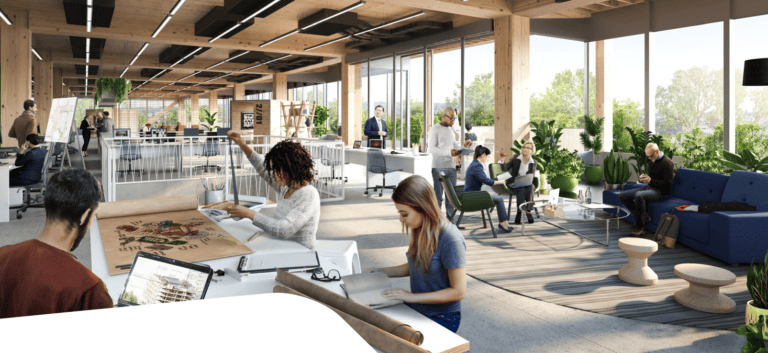Larkhall Park

Approaches Used
Buro Happold have developed a social value framework containing qualitative and quantitative KPI’s. To develop the framework Buro Happold:
Identify priority internal stakeholders
- Identified internal stakeholders such as Homes for Lambeth and the Friends of Larkhall Park.
Understand stakeholder needs
- Conducted a Local Needs Analysis using local reports and national and regional data sets (Step 3). The Needs Analysis focused on the following five topics:
- Historical context
- Geographic context
- Local and regional urban policy, regulation, and ambition
- Economic profiling of the area (employment and economic activity, economic sectors, household income
and housing affordability) - Social profiling of the area (demographics, housing type and tenure, social infrastructure, and community facilities). The key objective of this exercise was to map out other assets and initiatives surrounding Larkhall Park that already provide social value to the local community.
Identify priority external stakeholders
- Revisited the initial list of stakeholders and updated it to include external stakeholders whose needs were prioritised during the Local Needs Analysis.
Agree social value outcomes
- Held an internal design team charrette, where the design team and client were presented with the results of the Local Needs Analysis and given the agency to express their opinion on what doing the ‘right thing’ for the project looked like.
Create a social value delivery plan and put in place a social value measurement framework
- The results of the design charrette were translated into a set of KPI’s and a tracker that was agreed to by the client and allowed the design team to feedback how they thought the design was responding to the social value framework ahead of planning.
Understand stakeholder needs
- Locality were then hired to carry out community engagement with the previously identified local groups to confirm local stakeholder best interests and opinions, allowing Buro Happold to validate alignment with the social value strategy KPI’s and desired outcomes
Key Sustainability Objectives/ Outcomes
Social Value outcomes:
As a result of the community engagement carried out by Locality, the following social value outcomes
were prioritised for Larkhall Park:
- Children and Young People
- To provide a safe, stimulating, and inspiring space for children and young people, through, for example, sports, arts, intergenerational activities, playschemes, early years and pathways into work and enterprise.
- Climate Challenge
- To support activities and measures to address the climate challenge, including up-cycling/circular economy, gardening, food growing, library of things and bicycle initiatives.
- Enterprise and Employment
- To support local residents into enterprise and work and support remote working including start-up support, managed workspace, business advice, networking, and links to local business opportunities.
- Health and Wellbeing
- To promote health and wellbeing amongst local residents, through for example, non-medicalised social prescribing, sports and wellbeing activities, healthy eating, support groups, counselling, and therapy.
Lessons Learnt
Engage with the local community groups as soon as possible because they can be incredibly insightful and can inform the structure of the social value strategy for the project. Understanding the numbers through socioeconomic baselining is important, but so is, and perhaps more so, the qualitative picture you get from engaging with local community groups. Having a dedicated consultant for that that can feed into the strategy was really valuable for this project to validate the proposed aims and strategies.
Related members
Related
Brent Cross Town

Greening Swinton Square

Yorkhill

Langarth Garden Village

